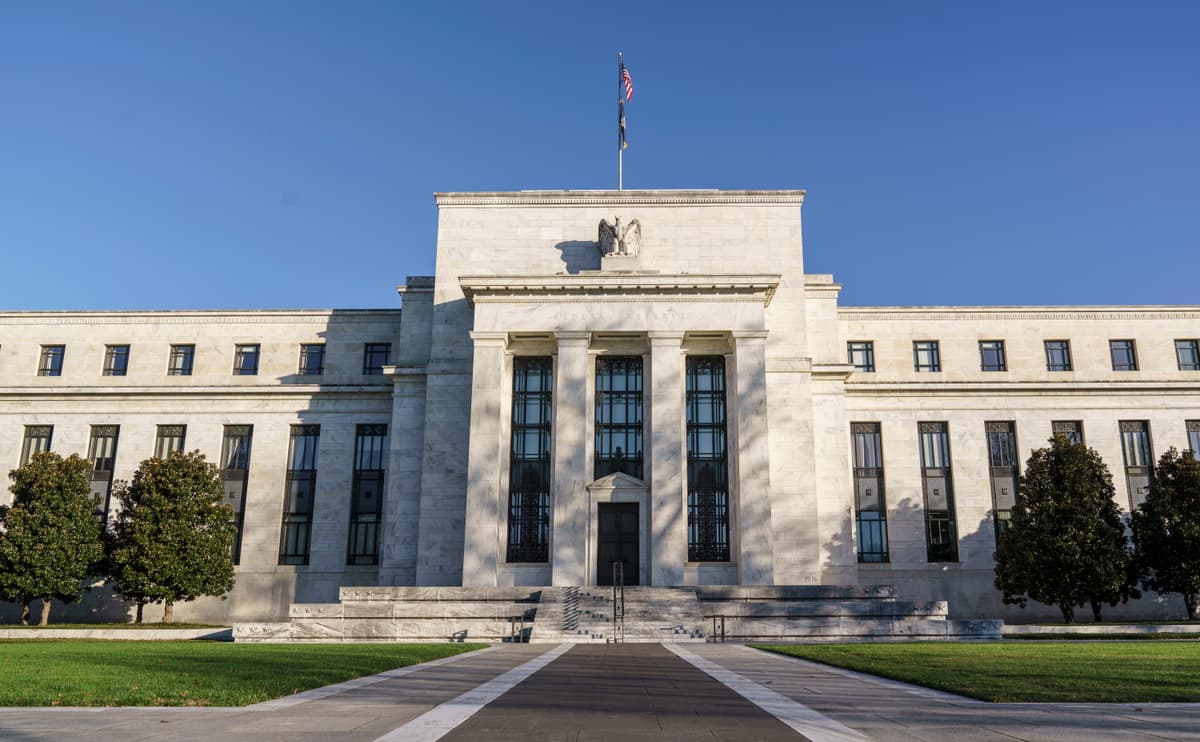The Only Path Leading Out of America’s Inflation Quagmire
When bondholders don’t see a credible fiscal path to be repaid for current and future government debt, they expect that eventually the central bank will create new money to buy those government bonds, leading to higher inflation.

The Federal Reserve’s premature victory lap over inflation discloses a worrisome misunderstanding of the predicament we find ourselves in.
Unprecedented government spending and debt, combined with mounting fears that the debt can’t (or won’t) be repaid, played a misunderstood role in inflation’s rise several years ago. As such, fiscal policy must be part of the solution.
Otherwise, expect the recent acceleration of inflation to stick around or get worse, bringing trouble for the new administration.
The pressure on the Fed to declare the race over and continue lowering interest rates is real. It would be a mistake to cave any further. Some measures show inflation holding steady.
Others show it trending back up since last July. Either way, it’s above the Fed’s 2 percent target, and now the 10-year rate is pointing up.
To understand what’s going on, remember how we got here.
When Covid and the overreaction of lockdowns arrived, Washington dramatically increased spending through stimulus checks, enhanced unemployment benefits and other means.
Spending rose by over $5 trillion, with the Fed accommodating much of that. Congress and the Biden administration later added another $4 trillion in various large legislation.
Unlike previous crises — recall former President Obama’s promise to halve the deficit within five years of the end of the Great Recession — there was no plan to offset the spending hikes by raising revenue or cutting other spending.
It was, indeed, the opposite. The Biden administration doubled down with more plans for student loan forgiveness and talk of handing additional billions to semiconductor manufacturers through a second CHIPs Act.
When bondholders don’t see a credible fiscal path to be repaid for current and future government debt, they expect that eventually the central bank will create new money to buy those government bonds, leading to higher inflation.
It didn’t help that the Fed kept interest rates so low for so long, including for months after it was clear the inflation problem was anything but “transitory.”
This is how focusing solely on monetary policy or interest rates misses the importance of fiscal policy. Recent inflation wasn’t just about money supply; it reflected the market’s adjustment to unsustainable fiscal policy.
Recent studies confirm this. Francesco Bianchi and coauthors, for instance, find that “unfunded fiscal shocks sustain the recovery but also cause a persistent increase in inflation.”
Meanwhile, Mr. Bianchi’s new study with Robert Barro uses an informative measurement of spending (the growth of government spending during the Covid years compared to the pre-Covid debt burden, and how long that debt needed to be paid back), disclosing a very clear relation between government spending and inflation.
Making matters trickier, not only can fiscal policy fuel inflation, but vice versa is true too. The Fed fought inflation with higher interest rates that, coupled with quickly maturing government debt, made the fiscal situation worse.
Each percentage-point increase in interest rates adds hundreds of billions to the government’s debt-financing costs very rapidly.
So we’re left with a dangerous feedback loop: Higher inflation leads to higher interest rates, which lead to higher debt-service costs, which then require more government borrowing or money creation, potentially fueling further inflation.
The result? The Fed can hike interest rates, but without equivalent fiscal adjustments to make space for the larger debt payments, inflation goes down at the cost of making it more persistent. And right now, it’s persistent.
For all the excitement about the incoming administration and a return to the 2019 economy, market stability rests on the precarious assumption that the government will eventually put its fiscal house in order.
Continued high spending and the prospect of mostly unfunded tax-cut extensions could shatter this confidence. If bond markets grow too pessimistic, the resulting interest-rate spike will further increase borrowing costs and may trigger a fiscal crisis.
It’s important for the new administration to understand that controlling inflation requires more than Federal Reserve action. It demands fiscal discipline.
That means difficult choices that politicians typically avoid. Federal spending must be curtailed, particularly in entitlement programs. Tax revenues must be made stable and predictable.
Most importantly, the administration must reject new spending, regardless of the apparent merits. Finally, more tax revenue through more growth — made possible by the improved tax system and deregulation — would help.
Continuing to ignore fiscal-monetary interactions and hoping inflation will mysteriously moderate risks a crisis that could dwarf any challenges we face today.
Fiscal responsibility isn’t just about balancing books; it’s about maintaining the stability of the dollar and the prosperity of the American people. History tells us that the longer we wait, the more costly the eventual solution becomes.
Creators.com

